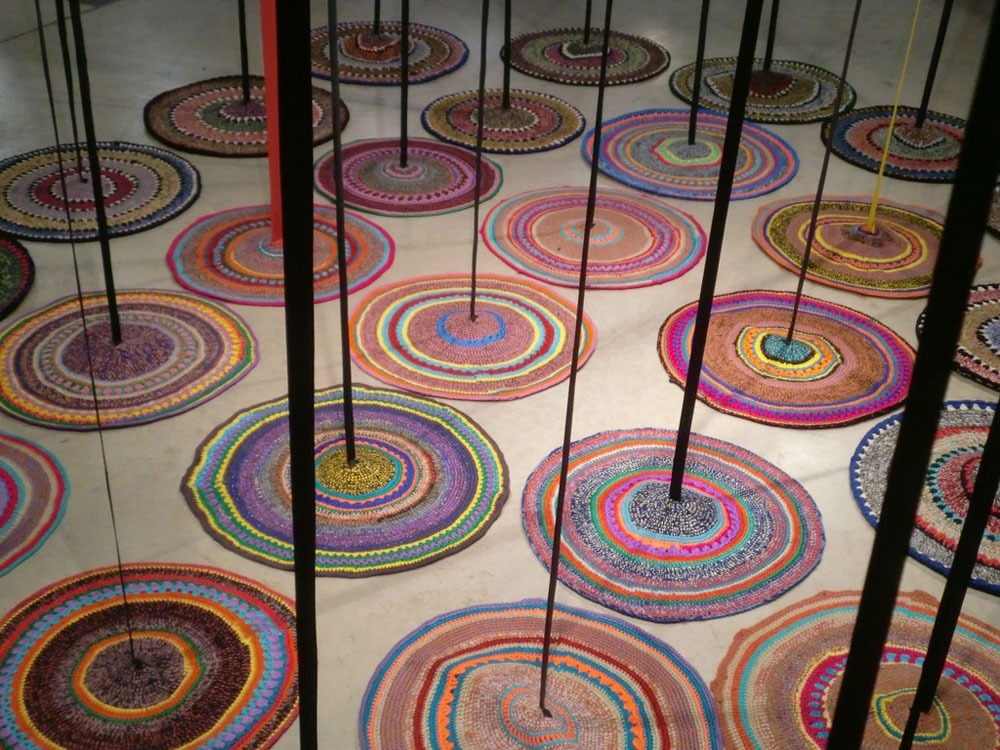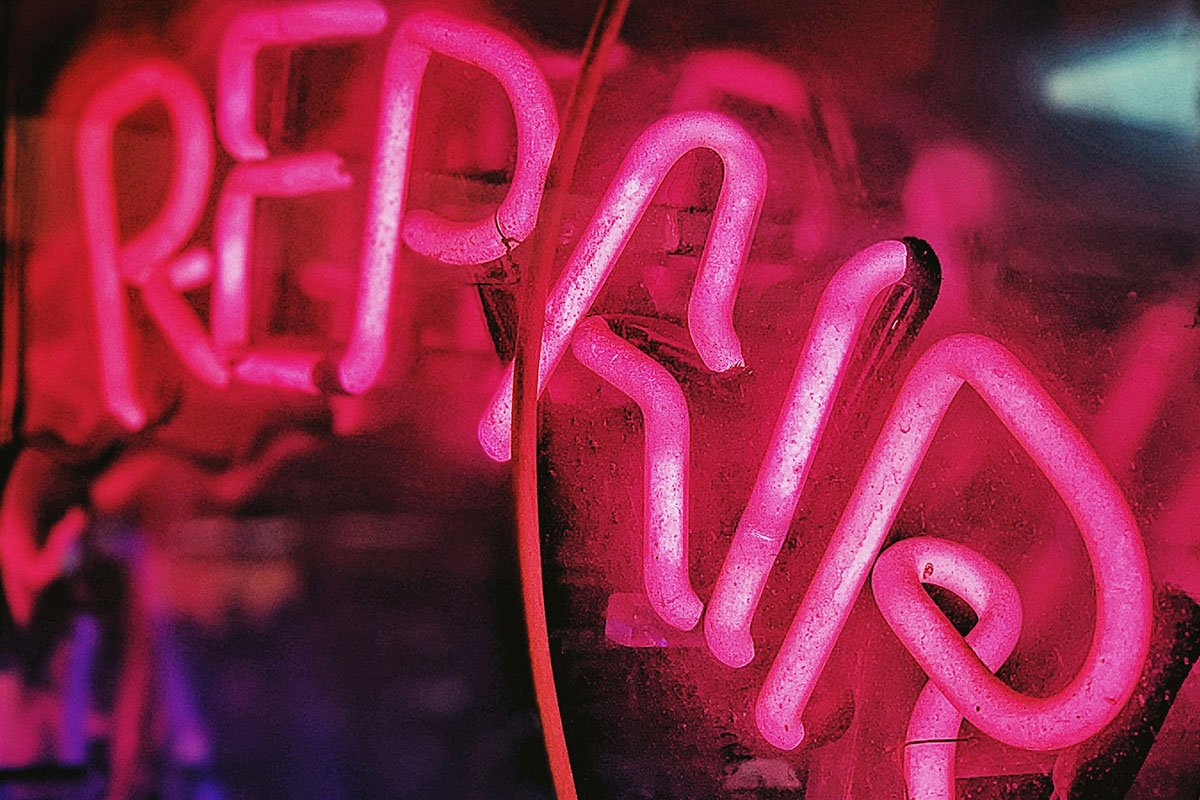
For many years now, largely undemocratic, white-led foundations and wealthy donors may have been supporting good work, yes, but in doing so, were also increasing their influence on society through their donations to nonprofits. Giving has never been equitable in the US—those who have more have greater capacity to give, after all—but over the past two decades, the concentration of giving has increased dramatically.
As Patrick Rooney, executive associate dean for academic programs at the Lilly School of Philanthropy, wrote for NPQ in 2019, the percentage of giving by millionaires jumped from 10.3 percent of all donations in 1993 to 31.7 percent in 2016—three times as much. Meanwhile, the overall share of households making gifts to charitable organizations, both religious and secular, has fallen from 66.2 percent of households in 2000 to 53.9 percent by 2016.
Calls for democratizing philanthropy are gaining traction, but this can feel like an uphill battle. Still, there are some areas where givers of modest means are making their influence felt, and one of those is giving circles. A couple of years ago, Akira Barclay, Valaida Fullwood, and Tracey Webb wrote in NPQ about the revival of giving circles among Black Americans, tracing the roots of their practice to West Africa. Black giving circles, they noted, “provide strategic, sometimes niche, support for organizations routinely neglected by other forms of philanthropy.”
This theme of giving circles as a form of philanthropy for ordinary Americans also surfaced last December at NPQ, as Tiny Spark podcast host Amy Costello, interviewed four women who detailed their experiences in giving circles as a forum for “everyday” philanthropy that was benefiting their communities.
“A giving circle is a group of like-minded individuals that get together to create change in their communities,” explained the executive director of Philanthropy Together, Sara Lomelin. “They talk about their values and they decide together where to put their talent, their time, their treasure, and their testimony.”
“It really does provide a space for the collective voice to be heard,” said Amber Gonzales Vargas of the Latino Community Foundation. Giving circles, Vargas added, allow for participatory philanthropy since everyone has a vote in the gift-making process.
Now, academic research is confirming that the giving circle movement may represent a way to bring greater democracy and diversity into the practice of philanthropy. A recent journal article by Julia Carboni of Syracuse University and Angela Eikenberry of the University of Nebraska-Omaha, published last month in VOLUNTAS: International Journal of Voluntary and Nonprofit Organizations, finds significant support for the idea that giving circles can be effective tools for economic and racial justice:
In the current context of philanthropic and wider societal attention to empowering marginalized groups, supporting [giving circles] presents philanthropy with a way to support and expand social justice and equity in philanthropy.
I have been part of a giving circle for more than 15 years. We are a small but surprisingly diverse group of 13 members. Five of us are Black, five are white, one is Asian Pacific, and one is Latinx, and we have a nearly even number of men and women.
Initially, we formed so that “everyday philanthropists,” people whose donations would not rank high on the lists of generous donors in annual reports, could have greater impact by pooling our resources and giving as a group. One of my fellow founding members originally described his impulse for participating as “wanting to see how the process of collective giving would go.” Just this week, when we were discussing our goals for the coming year, one of our newer members said he had joined because he wanted to be among “people who have the heart to make a difference with the cohesiveness of a group.” Other members admitted simply enjoying the camaraderie of meeting monthly, albeit virtually, in a relaxed atmosphere “that does not feel like a corporation.”
Our collective experience is a modest example of the growing trend of giving circle philanthropy, albeit on a very small scale, and served as a good starting point as I approached the academic research.
Sign up for our free newsletters
Subscribe to NPQ's newsletters to have our top stories delivered directly to your inbox.
By signing up, you agree to our privacy policy and terms of use, and to receive messages from NPQ and our partners.
As members of the Collective Giving Research Group, Carboni and Eikenberry have researched giving circles over multiple years. Their findings both support and beg questions about the growing diversity of giving circle members. Giving circles, of course, have a long history in many communities, but the groups themselves have often been fairly homogenous. This is changing, but the research of Carboni and Eikenberry shows that this shift is relatively new.
In research released in 2016, the Collective Giving Research Group found that giving circles had tripled since the last landscape study in 2007, documenting 1,087 independently run groups and 525 networks. Giving circles can be found in all 50 states. Most reported having some ethnic diversity among their members, although they remained majority white. Nearly 40 percent of the giving circles reported having African American members and 30 percent having Latinx membership. A follow-up study published in 2018, titled Giving Circle Membership: How Collective Giving Impacts Donors, found that while groups are often established with a fairly ethnically homogeneous membership, this appears to decrease over time. A comparison of new members (less than one year tenure) with more established ones finds that, “Established [giving circle] members…tend to be older, white, higher income, female, and married…. In contrast, new members are more diverse, ranging more broadly in terms of age, income, gender, and race.”
Compared to other forms of giving, the researchers conclude that giving circle members “give more money and time, give more strategically, and are more engaged in civic and political activities compared to donors not in [giving circles].… Members leverage their social networks strategically for philanthropic advice compared to donors not in [giving circles] consulting more diverse and more experienced people for advice on giving, and bringing in a broader range of information.”
In many cases, giving circles are formed around a particular peer group: women, Asian Americans, Black Americans, or religious brethren, for example. There are several organizations that promote the creation of giving circles among their population. Asian American/Pacific Islanders in Philanthropy is a very good example. They actively promote the creation of giving circles, supporting them and reporting on their impact. They also suggest this kind of generosity is deeply embedded within many of the cultures they touch; it is considered a duty, a responsibility for people of every walk of life, to give to those who are less fortunate. As a result, there is a lot of this kind of grassroots giving among a variety of ethnic groups. This means the money will often go to otherwise underfunded causes that reflect the makeup of these groups.
Most importantly, Carboni and Eikenberry’s study shows that giving circles help to bridge social capital among different groups by helping their members transcend social differences, including differences among race, ethnicity, religious, and sexual and gender identity. Giving circle “members who were white, men, or cishet [cisgender and heterosexual] were significantly more likely to give to causes serving POC [people of color], women and girls, and LGBTQ than non-[giving circle] members,” which, according to the researchers, could indicate that “non-marginalized [giving circle] members may be more likely to support marginalized groups not typically funded by mainstream philanthropy.”
Beyond the ethnicity of the members, there is also a question of their wealth. For giving circles to democratize philanthropy, they should attract people from all economic classes, engaging those with less wealth in the process of philanthropy. Of the 751 giving circles sampled by the researchers, minimum dollar amounts required for members to vote ranged from $4 to $100,000. The average amount requested by a giving circle to be eligible for membership seems to remain relatively high, at $1,312. On the other hand, the median amount requested is $400, meaning 50 percent of circles who participated in the study ask for that amount or less.
As to whether giving circles break hierarchical norms, the methodology for making decisions suggests that, relative to most forms of giving, it is a very democratic form of philanthropy. This is not a small group of people sitting in a boardroom once a quarter and deciding which requests to fund. According to the research, more than 50 percent of the giving circles studied report that members vote, and another group use consensus decision-making. Democracy is mitigated in some cases, as there seem to be some circles in which a smaller team will determine the list of causes to be considered or will winnow down the list of charities before submitting it to the larger group for consideration.
Reflecting on my giving circle membership, I find one or two elements of the research a little confusing. One is the sheer size of the circles that are being reported on. Apparently, the median number of members in the groups researched is 50 and the average is around 115, which sounds very large to me. As already mentioned, one of the main impulses for joining our circle is for camaraderie. As one member wrote, “Knowing that collectively we are making a greater impact to help those in need is paramount; the social aspect of having the opportunity to get to know, spend time with, and collaborate with individuals that I otherwise might not engage with is icing on the top!” Getting to know your fellow giving circle members well enough to collaborate with them and make democratic decisions in a circle with 50 members or more seems very difficult.
Of course, larger circles may depend on different motivations, such as the ability to operate at a larger scale. If 1,600 giving circles have disbursed $1.29 billion since their founding (or, more accurately, since data has been kept), that’s over $800,000 per circle, which is not “big philanthropy,” but is certainly not chump change either.
According to the 2018 report, the newer members of a circle are likely to join to learn more and go deeper into an issue or an organization and the more long-standing members joined for social reasons. Many of the groups included in the research belong to networks and fiscal sponsors. Of course, smaller circles like mine may be too small to be fully captured by academic studies and may fly under the radar.
All in all, it does appear that giving circles represent a method for “everyday philanthropists,” as we like to call ourselves, to have a direct impact in our communities and give to causes close to our hearts. We do not have to wait for the large foundations or wealthy individuals to make the gift; we can come together and do it ourselves as a collective, and have a good time doing it. As one member of a giving circle in that Tiny Spark podcast said after she joined a giving circle for the first time, “I’m home. I feel that I’m home.”











